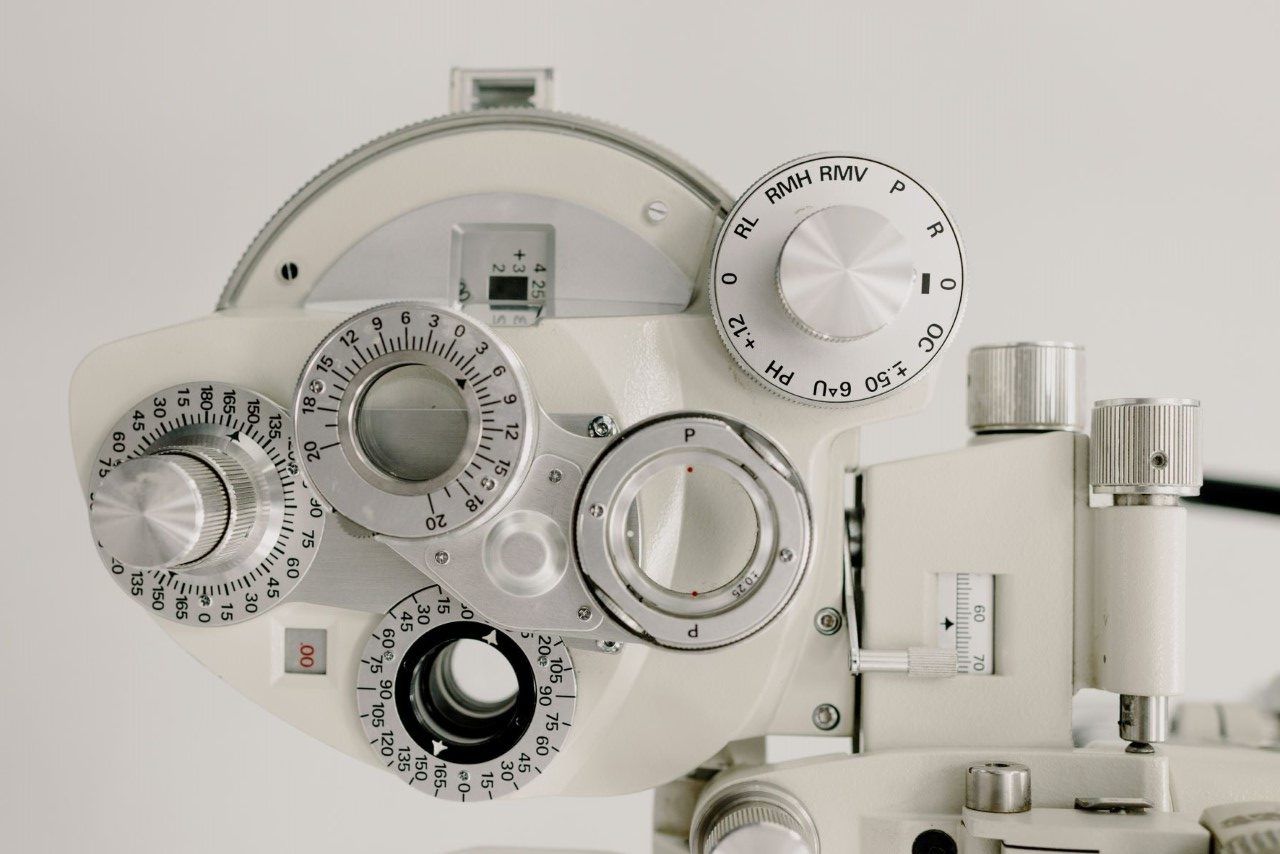20/20 Vision: What it Really Means

What is 20/20 Vision?
20/20 vision is commonly misunderstood as perfect vision. In reality, it denotes normal vision clarity or sharpness at a distance of 20 feet. However, this metric only addresses one aspect of visual acuity and does not encompass the full spectrum of eye health.
20/20 vision means that when your vision is tested at 20 feet, your vision is “normal” for that distance. Someone with 20/30 vision for example, can only see at 20 feet what a person with normal vision would be able to see at 30 feet. 20/200 vision means you have to be ten times closer to see something that a person with normal vision would be able to see (this level is considered to be “legally blind”).
However, knowing someone has 20/20 vision only tells us a small fraction of what we need to know about our eyes – and this is only part of what is assessed during an eye examination from an optometrist.
Beyond Clarity: Eye Health Matters
Often parents are surprised when they bring their son or daughter in for an eye exam and learn there is an eye teaming problem, eye muscle focusing issue, a lazy eye or an eye health concern. Many of these patients actually have “20/20 vision” (and their eyes look normal to a casual observer) but risk long-term problems if they are not properly diagnosed and treated.
The Importance of Regular Eye Exams
Many eye problems show no symptoms in the early stages. Early diagnosis is key!
Glaucoma is an eye disease that is extremely common, affecting 400,000 Canadians *. Nearly half of these people are not yet diagnosed, because central vision is the last to go. Glaucoma is an example of an eye disease that may present with 20/20 vision, even in advanced stages.
Having 20/20 vision is good news, but it’s not the whole picture. Book your eye exam with one of our Doctors of Optometry today!












